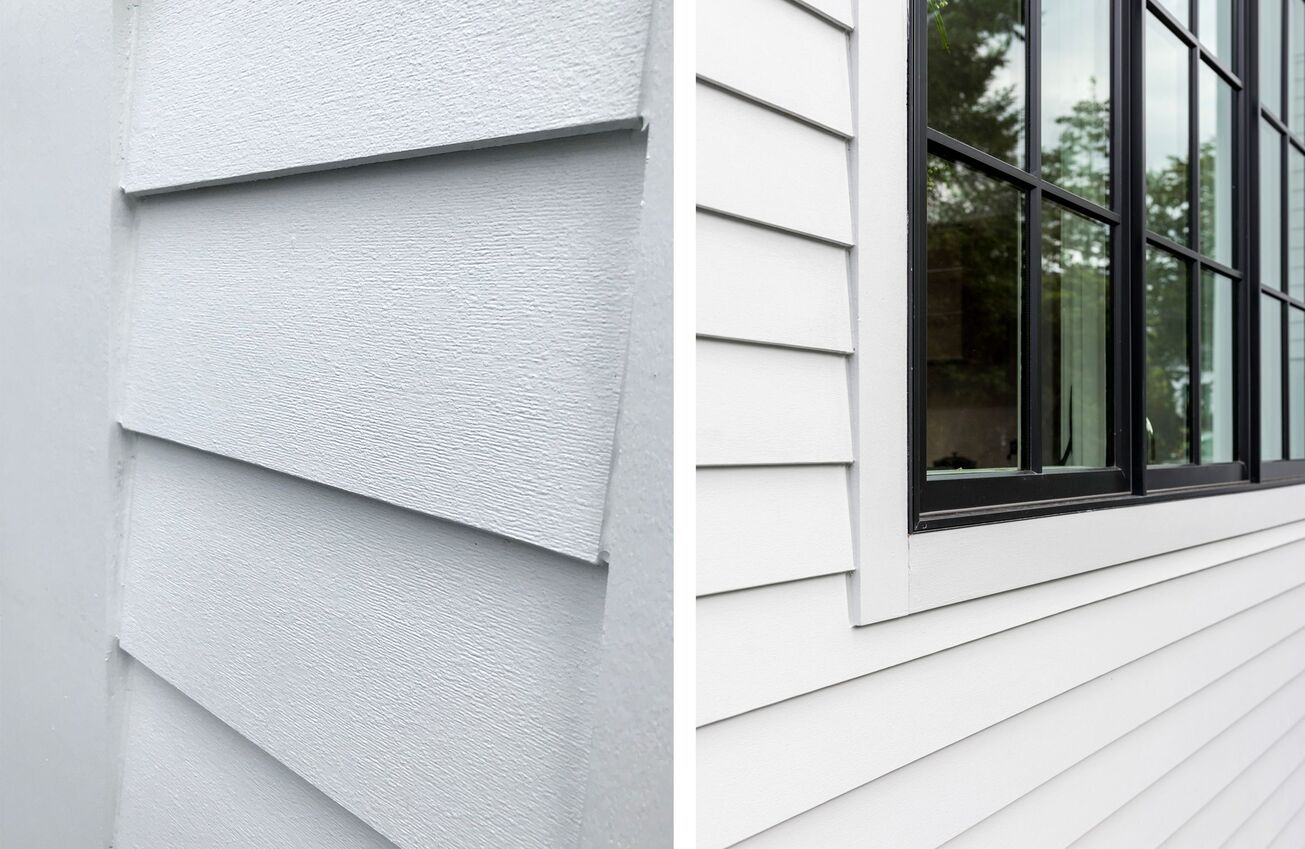

Articles
5 Types Of Long-Lasting Siding Materials
Modified: October 20, 2024
Discover the top 5 long-lasting siding materials for your home in this collection of informative articles. Enhance your curb appeal with durable options that also boast impressive aesthetics.
(Many of the links in this article redirect to a specific reviewed product. Your purchase of these products through affiliate links helps to generate commission for Storables.com, at no extra cost. Learn more)
Introduction
When it comes to selecting exterior siding for your home, there are a variety of options to choose from. The right siding not only enhances the visual appeal of your home but also provides durability and protection against the elements. If you’re looking for long-lasting siding materials that also look great, you’ve come to the right place.
In this article, we’ll explore five top-notch siding materials that are known for their longevity and aesthetic appeal. Whether you prefer the classic charm of wood or the low-maintenance convenience of vinyl, we’ve got you covered. Let’s dive in and discover which siding options are perfect for your home!
Key Takeaways:
- Choose siding materials like vinyl or fiber cement for low-maintenance and long-lasting options. These materials offer durability, resistance to elements, and a variety of styles to enhance your home’s exterior.
- Consider the timeless charm of wood or brick siding for a classic and elegant appearance. While these options may require more maintenance and investment, their natural beauty and durability make them worthwhile choices for a long-lasting home exterior.
Read more: What Type Of Siding Lasts The Longest
Wood Siding
Wood siding has been a popular choice for centuries, and for good reason. Its timeless beauty and versatility make it a great option for any style of home, from traditional to contemporary. Wood siding is available in a variety of species, such as cedar, pine, and redwood, each offering its unique characteristics.
One of the key advantages of wood siding is its natural appeal. The grain patterns and warm tones of wood create a warm and inviting aesthetic that stands the test of time. Additionally, wood siding can be easily customized with paint or stain to match your desired color scheme.
When it comes to durability, wood siding can last for decades with proper maintenance. Regular cleaning and sealing can help protect the wood from moisture, preventing issues like rot and decay.
However, it’s important to note that wood siding requires more maintenance compared to other materials. It needs to be inspected regularly for any signs of damage, and repairs or replacements may be necessary if any issues are detected.
Another consideration with wood siding is the potential for insect infestations. Termites and other wood-boring insects can pose a threat to wood siding if not properly treated and protected.
Overall, if you appreciate the natural charm and warmth of wood siding and are willing to invest in its maintenance, it can be an excellent choice for a long-lasting and visually appealing exterior.
Vinyl Siding
When it comes to low-maintenance siding options, vinyl siding is a top contender. Vinyl siding has gained popularity over the years due to its durability, versatility, and affordability.
One of the key advantages of vinyl siding is its exceptional resistance to moisture, rot, and insects. Unlike wood siding, vinyl does not require regular painting or staining. It is available in a wide range of colors and styles, allowing you to achieve the desired look for your home.
Vinyl siding is made from PVC (polyvinyl chloride), a durable and lightweight material. It is manufactured with color embedded into the material, which reduces fading and eliminates the need for repainting. The panels also interlock tightly, providing excellent protection against wind and rain.
In terms of maintenance, vinyl siding simply requires periodic cleaning with soap and water to remove dirt and grime. This makes it a convenient choice for homeowners who prefer a hassle-free exterior.
While vinyl siding is highly durable, it’s important to note that it can be prone to cracking or fading over time, especially in extreme weather conditions. However, advances in technology have led to the development of vinyl siding with enhanced durability and UV resistance.
Overall, vinyl siding offers a cost-effective and low-maintenance option for homeowners who want a long-lasting exterior that retains its vibrant appearance for years to come.
Fiber Cement Siding
Fiber cement siding is a durable and versatile option that combines the best of both worlds: the look of wood siding with the durability of cement. This type of siding is made from a mixture of cement, sand, and cellulose fibers, resulting in a highly resilient material.
One of the major advantages of fiber cement siding is its outstanding resistance to rot, insects, and fire. It is also highly durable and can withstand extreme weather conditions, making it a popular choice for coastal or high-wind areas.
In terms of appearance, fiber cement siding can mimic the look of wood, stone, or stucco, providing a wide range of design options for homeowners. It can be painted in various colors to match your taste and style preferences.
Furthermore, fiber cement siding requires minimal maintenance. It does not rot or warp like wood, and it is not susceptible to insect damage. However, periodic cleaning is recommended to remove dirt and debris.
One thing to consider with fiber cement siding is its weight. It is heavier than other siding materials, which may require professional installation. Additionally, the installation process may involve special equipment and techniques.
Although fiber cement siding is generally more expensive than vinyl or wood siding, its long lifespan and durability make it a cost-effective choice in the long run. Its resistance to damage and its ability to retain its appearance over time make it a top choice for homeowners who want a low-maintenance and long-lasting exterior.
When choosing long-lasting siding materials, consider options like fiber cement, engineered wood, vinyl, metal, and brick. These materials offer durability and aesthetic appeal for your home.
Brick Siding
Brick siding is a classic and timeless option that offers both durability and visual appeal. Made from fired clay or a mixture of clay and concrete, brick siding provides a sturdy and long-lasting exterior for your home.
One of the primary advantages of brick siding is its unmatched durability. Bricks are resistant to fire, decay, rot, and insect damage. They can withstand harsh weather conditions, including high winds and heavy rain.
In addition to its durability, brick siding offers a distinctive and elegant appearance. The natural variations in color and texture of bricks add character and charm to your home. Brick siding also provides excellent insulation, helping to regulate temperature and reduce energy costs.
Maintenance for brick siding is relatively low. Bricks do not require repainting or sealing, and they are resistant to fading over time. However, occasional cleaning with a mild detergent and water can help keep them looking their best.
It’s worth noting that brick siding can be more expensive compared to other options, both in terms of material and installation costs. The weight of brick requires a strong foundation and skillful installation. However, the longevity and aesthetic appeal of brick siding make it a worthwhile investment for many homeowners.
Whether you prefer a traditional or modern look, brick siding offers a timeless and long-lasting option that adds beauty and value to your home.
Read more: How Long Does A Rubber Roof Last
Metal Siding
Metal siding has gained popularity in recent years for its sleek and contemporary look, as well as its durability. Typically made from aluminum or steel, metal siding offers a range of benefits that make it a desirable option for homeowners.
One of the primary advantages of metal siding is its exceptional durability and resistance to elements. Metal is highly resistant to rot, insects, fire, and fading. It can withstand extreme weather conditions, including strong winds and heavy rain, without warping or cracking.
Metal siding is also low maintenance. It requires minimal upkeep, with occasional cleaning to remove dirt and debris. Unlike other materials, metal siding does not need to be painted or stained. It is available in a variety of finishes and colors, allowing you to achieve the desired aesthetic for your home.
Furthermore, metal siding is eco-friendly. It is often made from recycled materials and is itself recyclable at the end of its lifespan. Metal siding also reflects heat, which can help to reduce energy costs by keeping your home cooler in the summer.
One consideration with metal siding is that it can be prone to dents and scratches if not properly maintained. However, advances in technology have led to the development of more durable coatings and finishes that can help to mitigate this issue.
Lastly, metal siding is relatively lightweight, which makes it easier to install compared to other siding materials. It can be installed over existing siding or directly onto the sheathing of your home, saving time and reducing costs.
Overall, metal siding offers a modern and durable option for homeowners who appreciate its sleek appearance and long-lasting performance. Consider metal siding if you’re looking for a low-maintenance and visually appealing exterior for your home.
Conclusion
Choosing the right siding material for your home is an important decision that can greatly impact its appearance, durability, and maintenance requirements. In this article, we explored five long-lasting siding materials that are not only built to last but also offer aesthetic appeal.
Wood siding, with its natural beauty and customization options, brings a timeless charm to any home. However, it requires regular maintenance and protection against pests and moisture.
Vinyl siding provides a low-maintenance and affordable option, resistant to moisture and insects. It comes in a variety of colors and styles, enhancing the exterior of your home.
Fiber cement siding combines the look of wood with the durability of cement. It is highly resistant to fire, rot, and insects, making it an ideal choice for homeowners seeking a low-maintenance and long-lasting option.
Brick siding offers a classic and elegant appearance with unmatched durability. Its natural variations in color and texture, along with excellent insulation properties, make it a timeless choice for homeowners willing to invest in its higher upfront cost.
Metal siding provides a sleek and modern look with exceptional durability. It is resistant to rot, insects, and fading and requires minimal maintenance. It is also eco-friendly and offers energy-saving benefits.
Each of these siding materials has its own unique advantages and considerations. It’s important to evaluate your specific needs, budget, and aesthetic preferences when making a decision. Consulting with a professional can also help you determine the best option for your home.
By selecting a long-lasting siding material that suits your style and maintenance preferences, you can enhance the beauty, protection, and value of your home for years to come.
Frequently Asked Questions about 5 Types Of Long-Lasting Siding Materials
Was this page helpful?
At Storables.com, we guarantee accurate and reliable information. Our content, validated by Expert Board Contributors, is crafted following stringent Editorial Policies. We're committed to providing you with well-researched, expert-backed insights for all your informational needs.
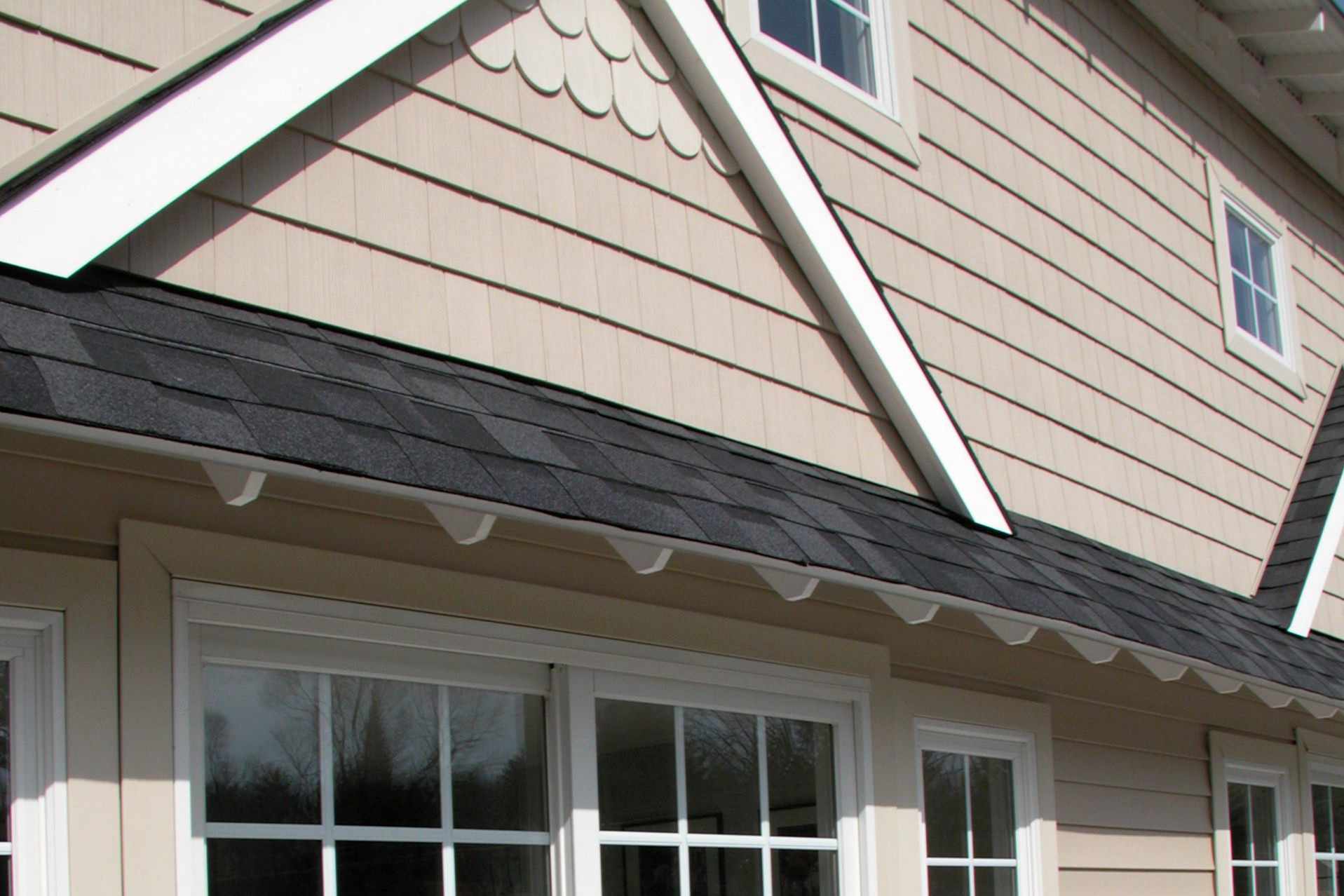

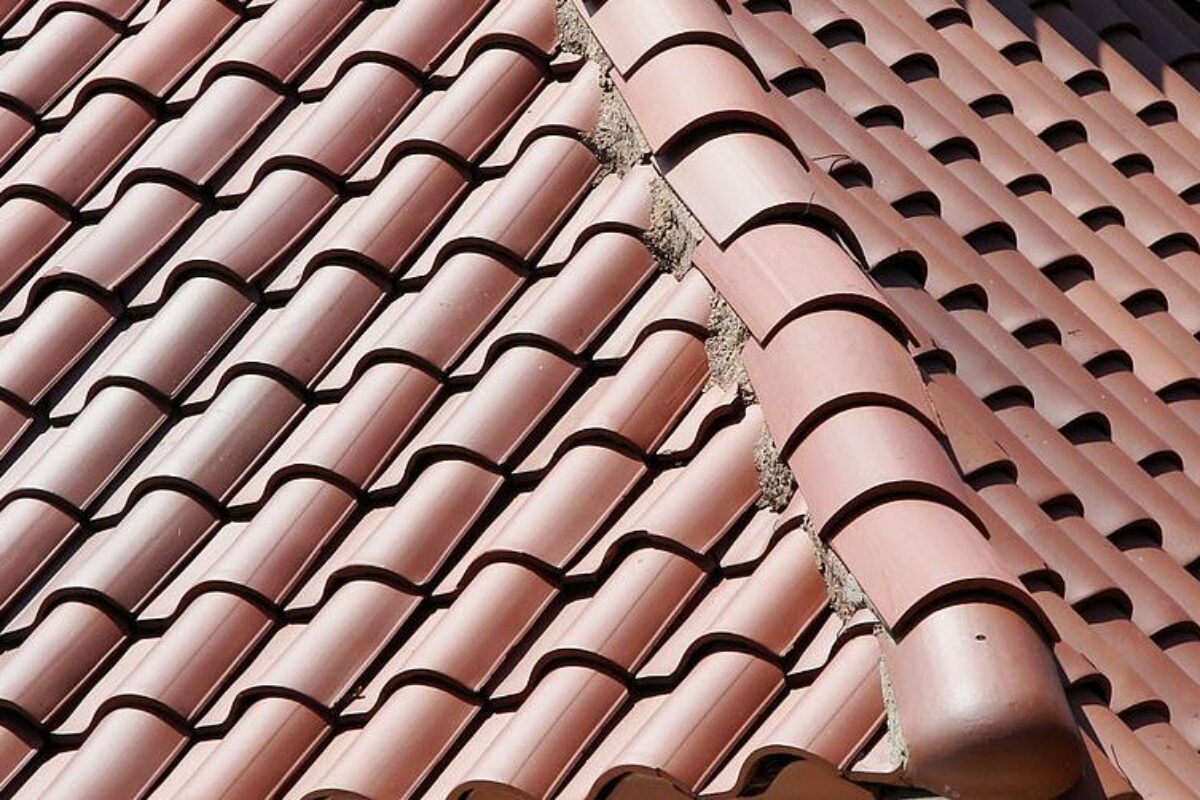
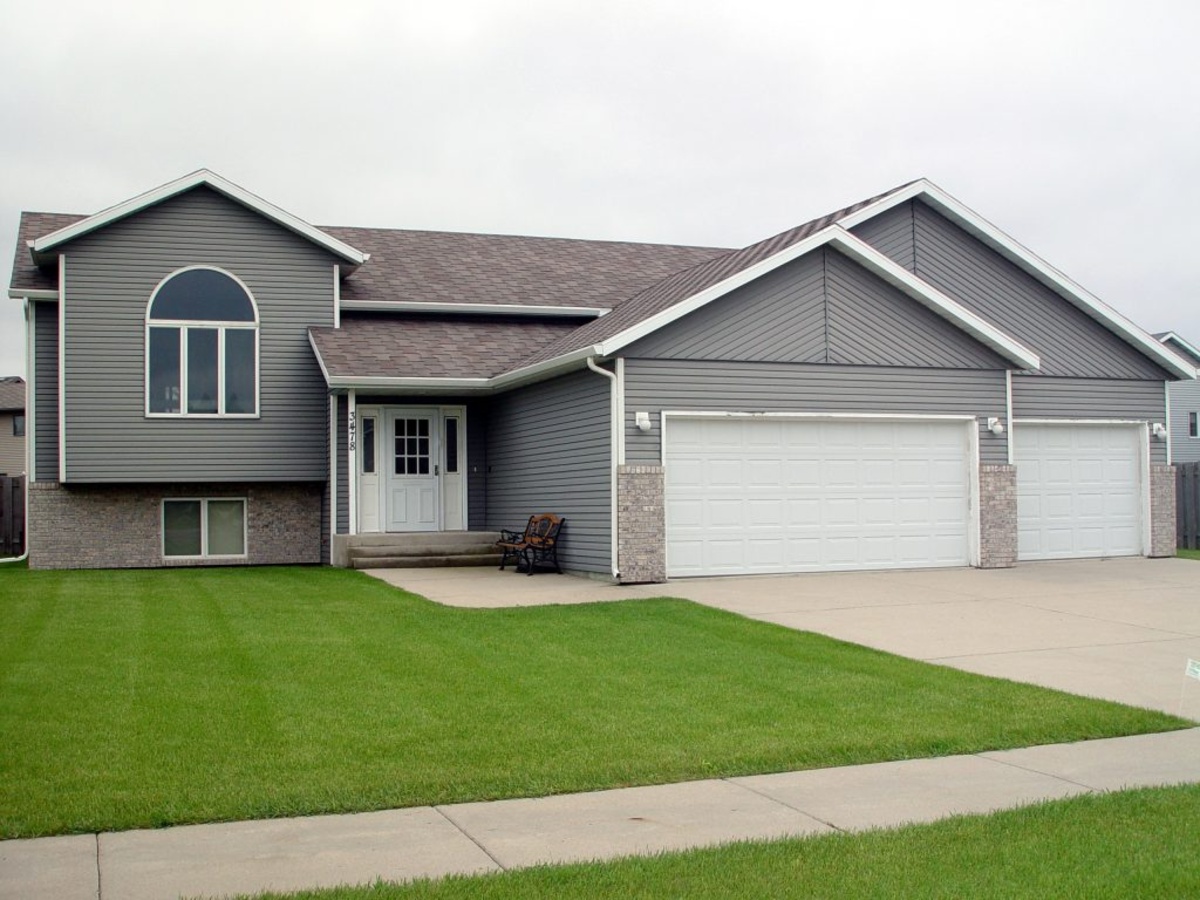
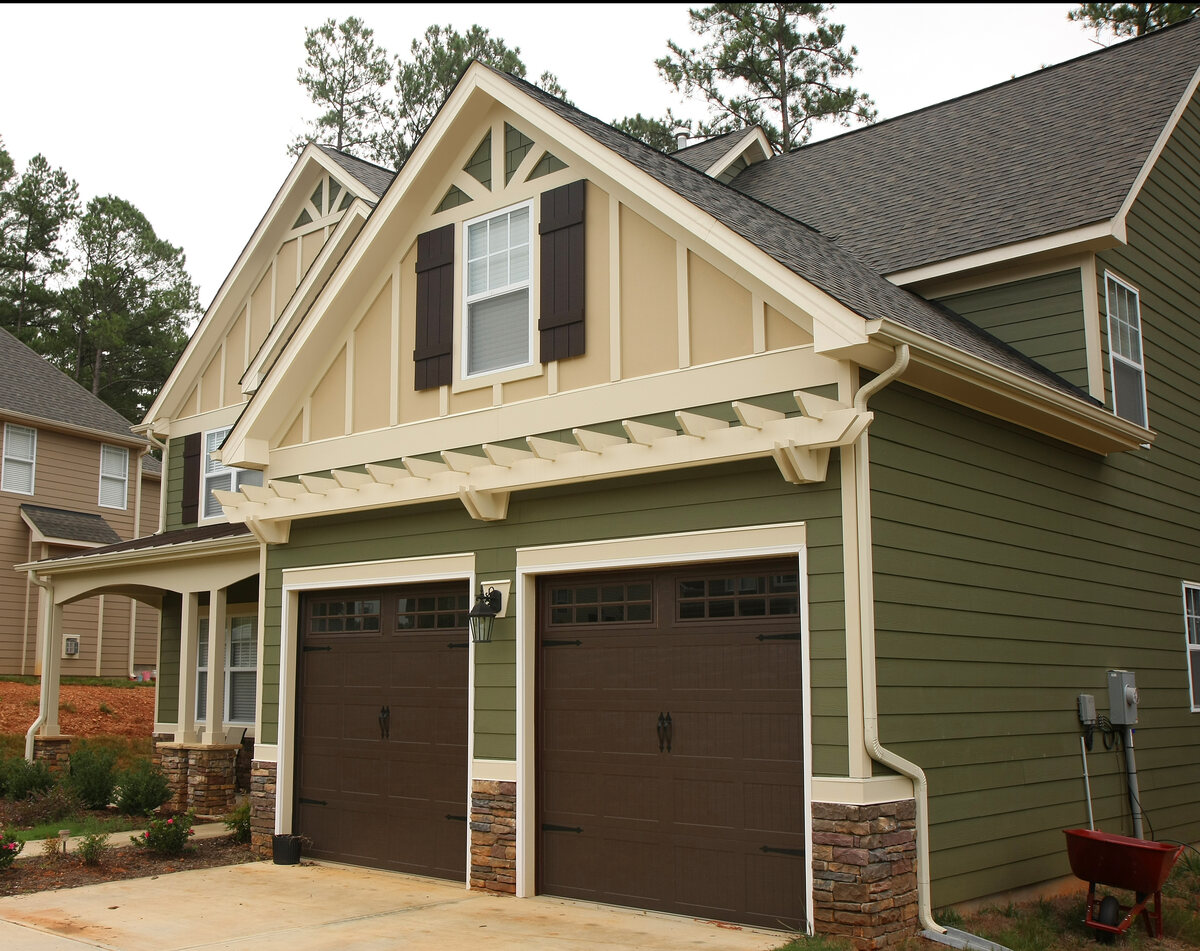
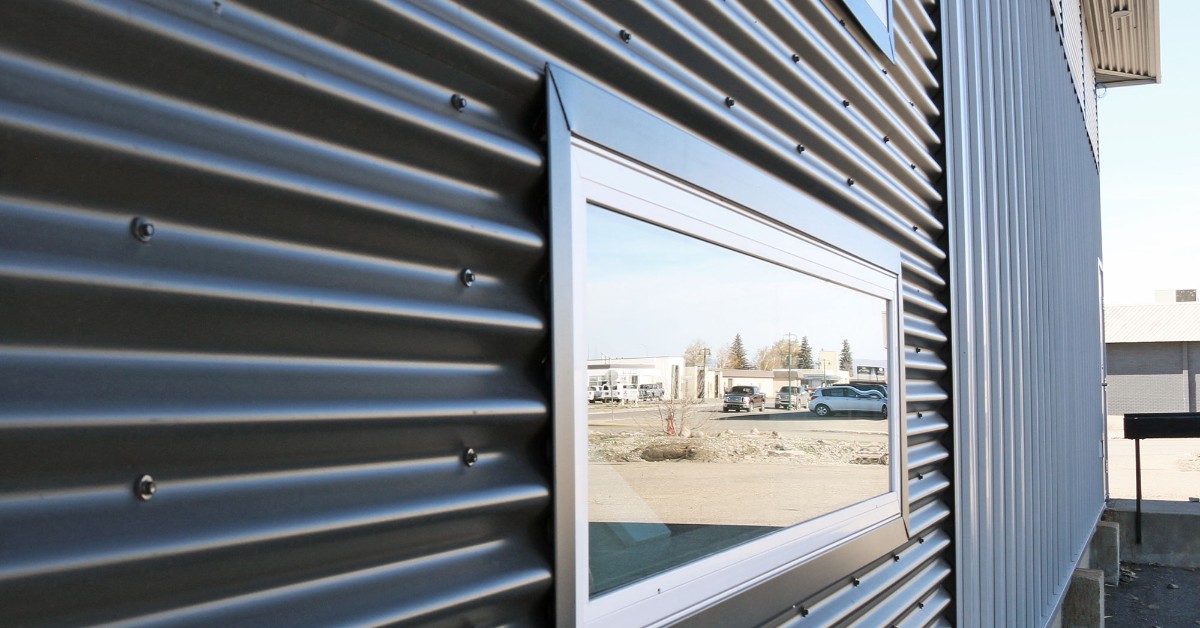

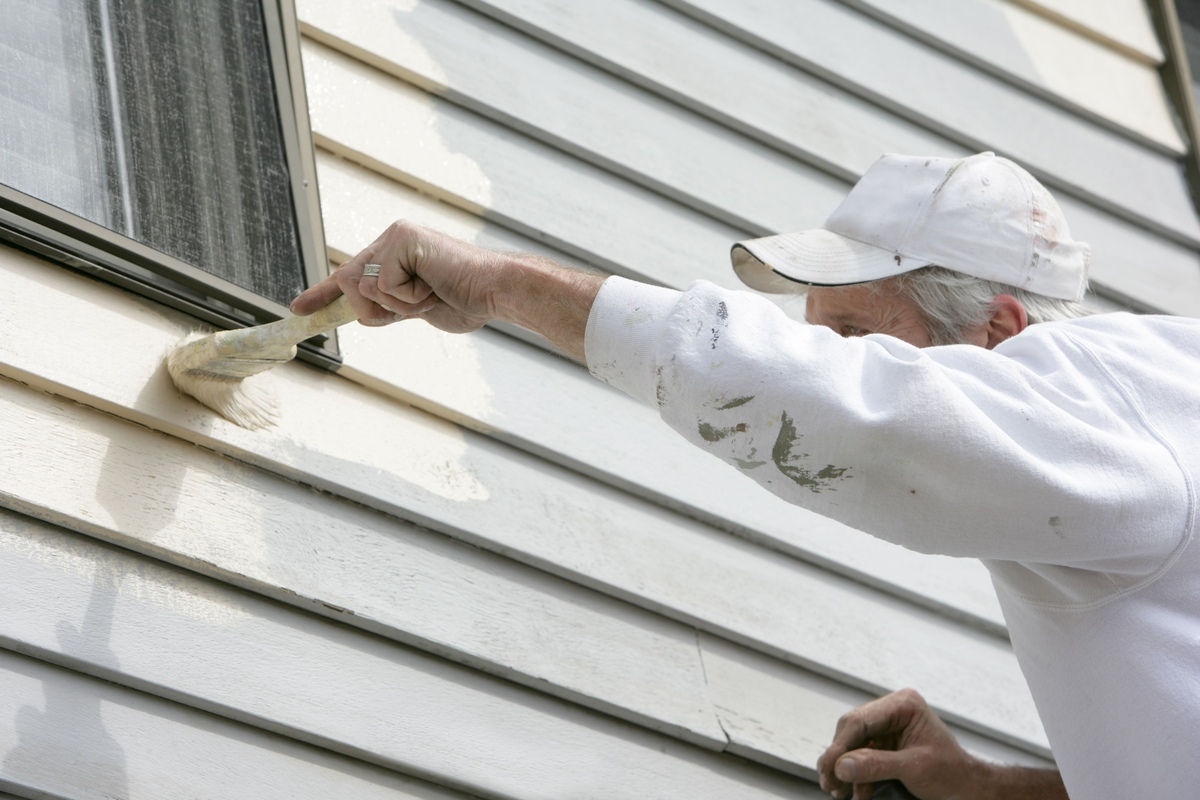
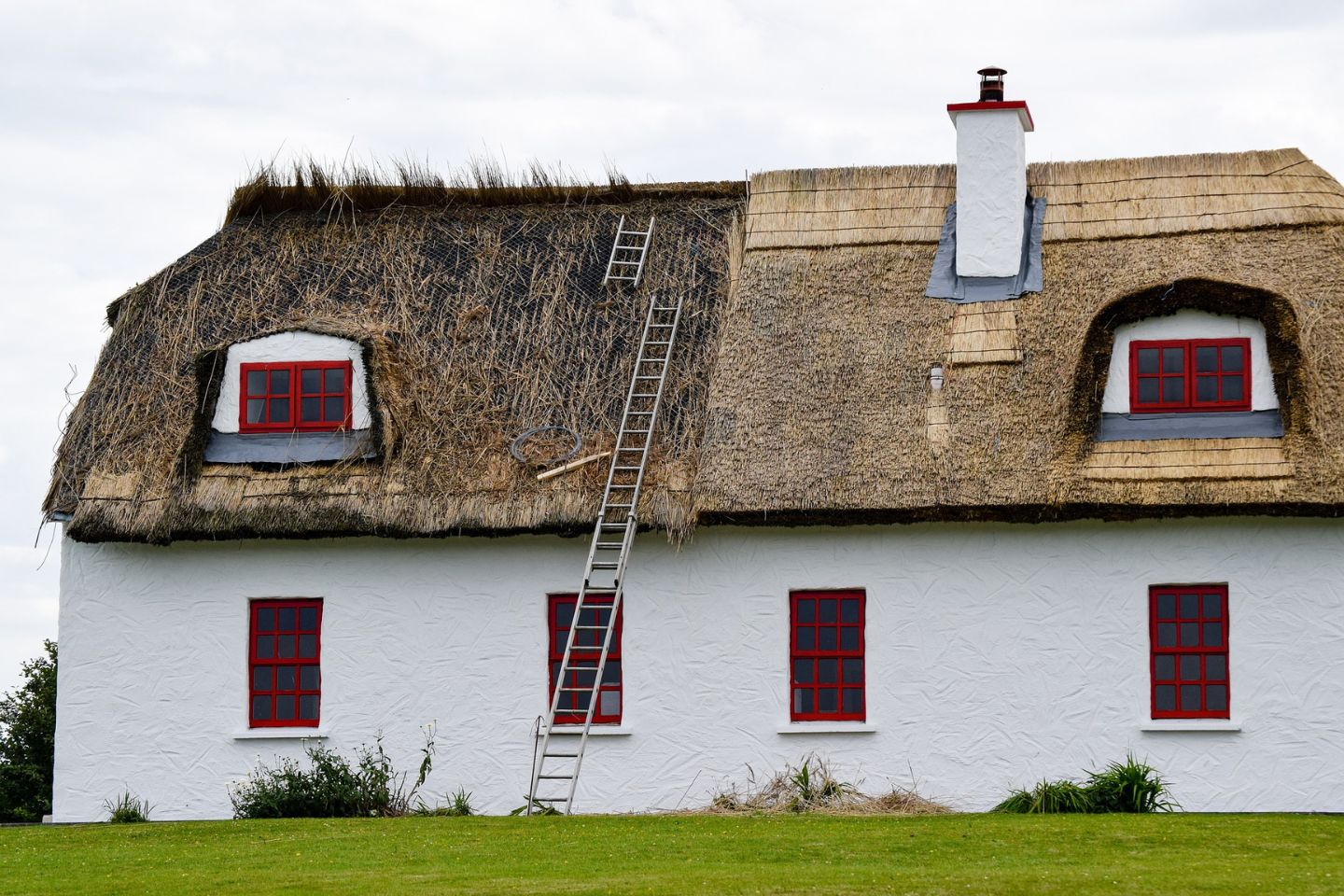
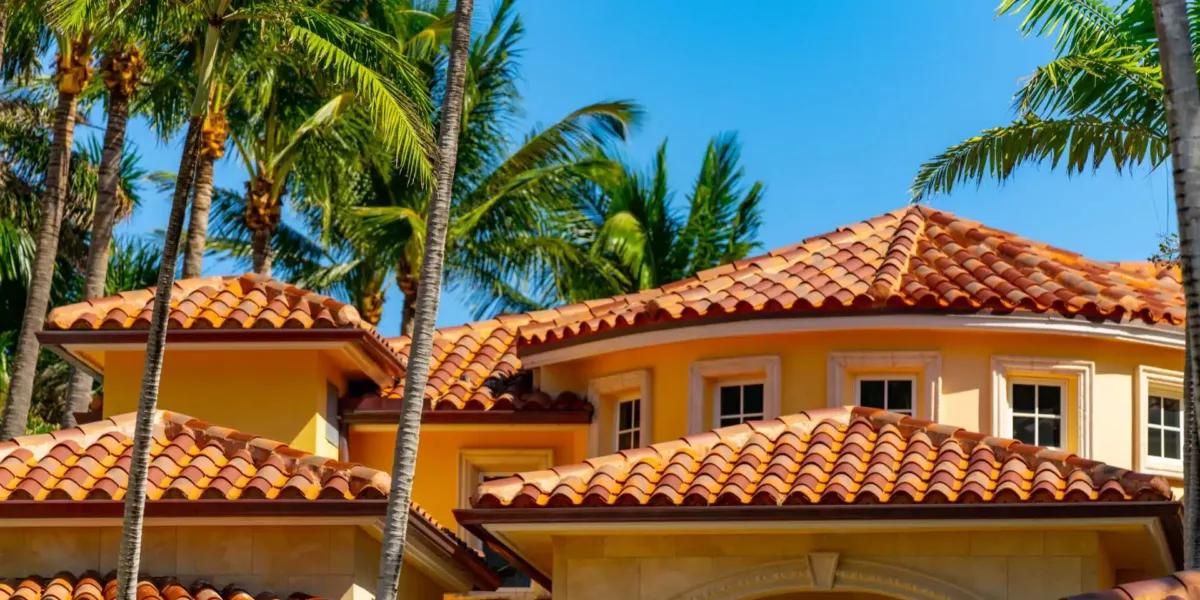
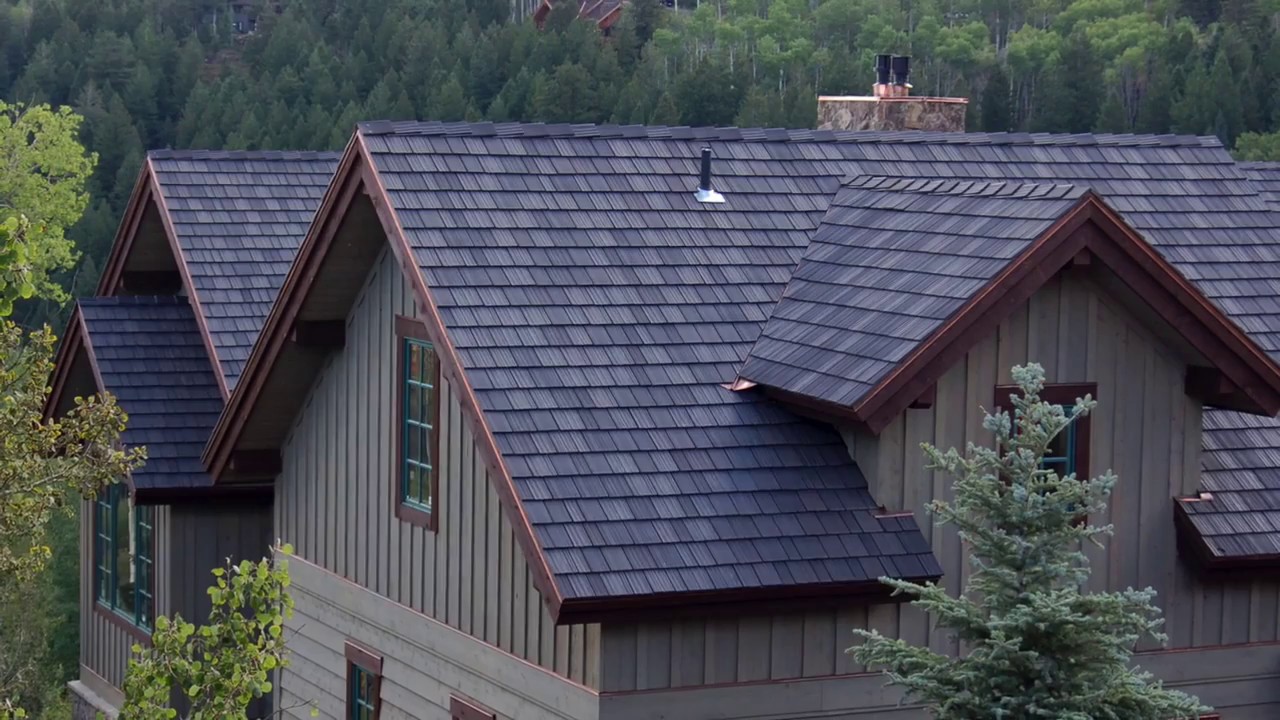
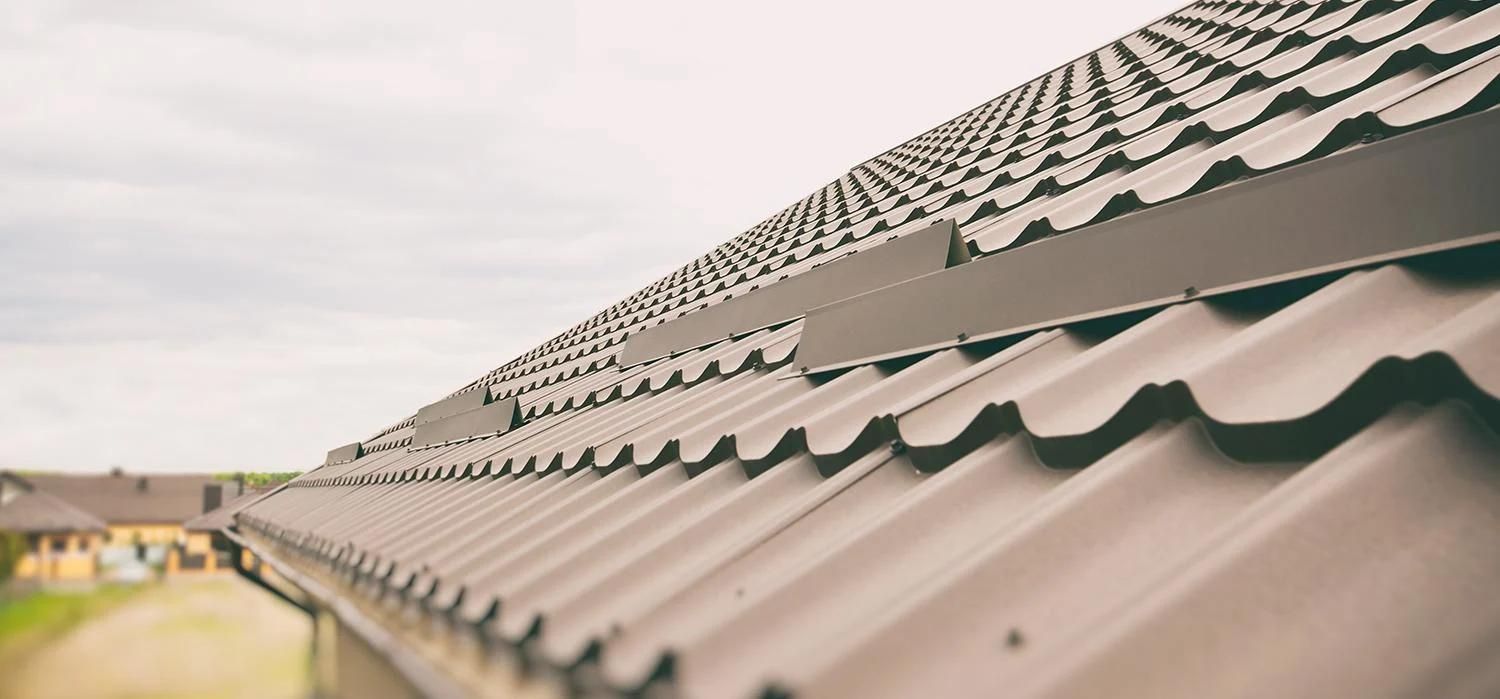
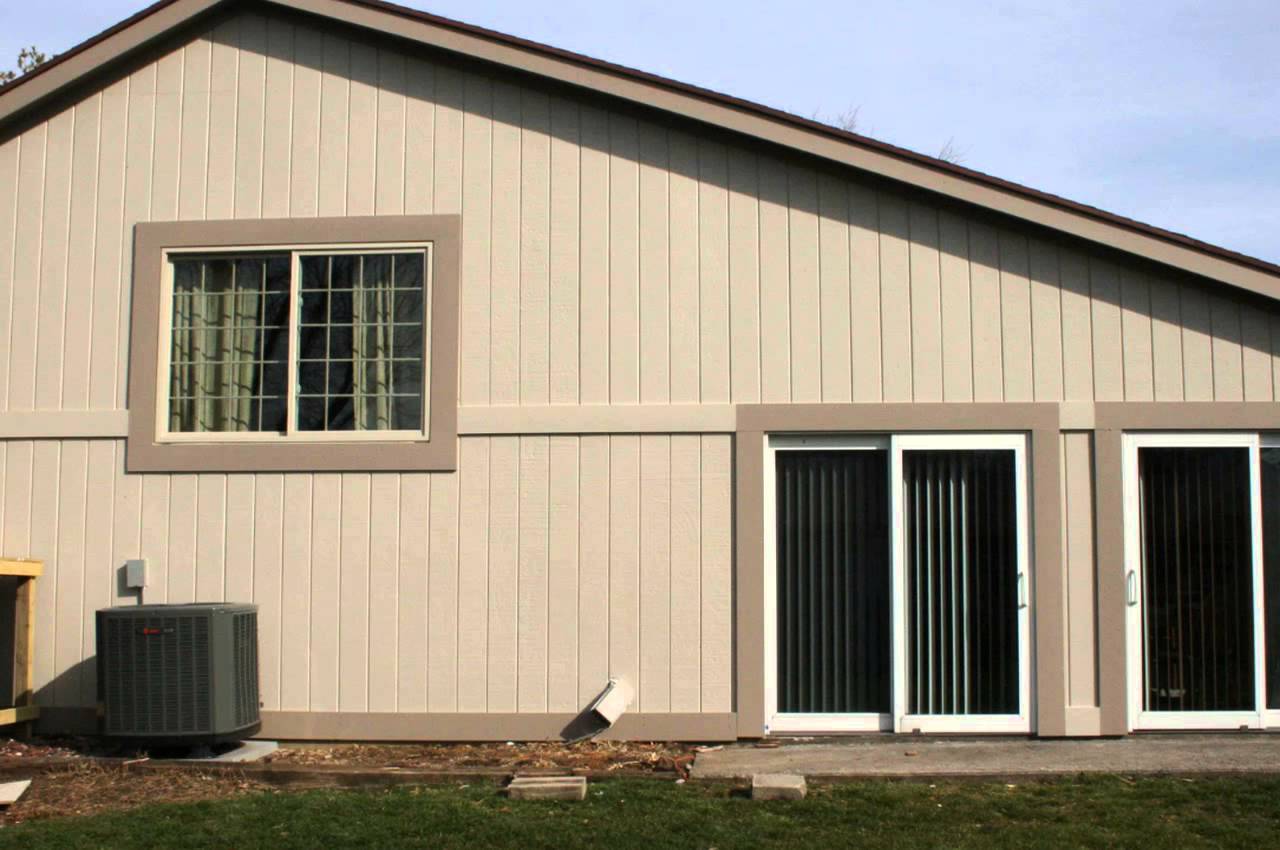
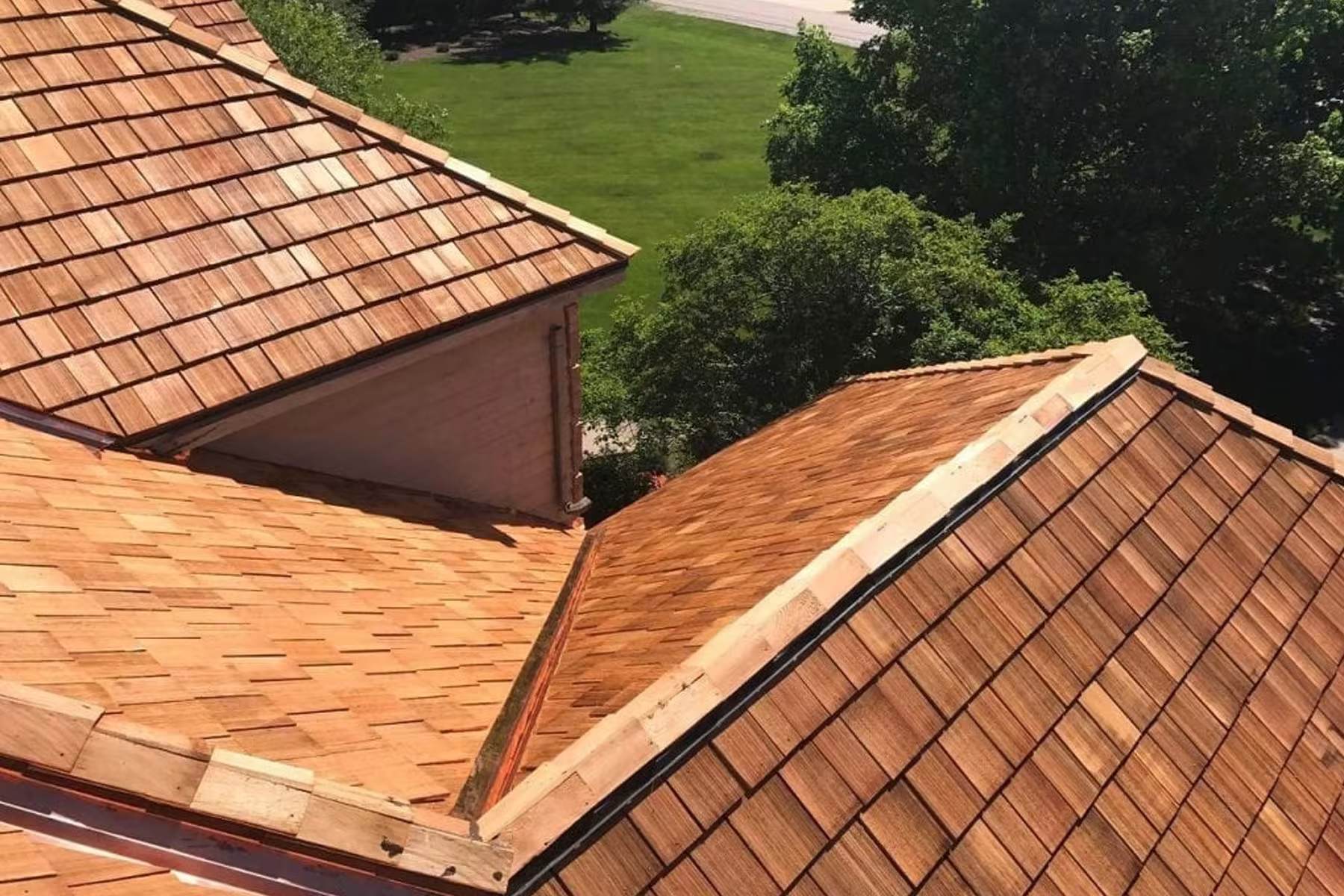

0 thoughts on “5 Types Of Long-Lasting Siding Materials”